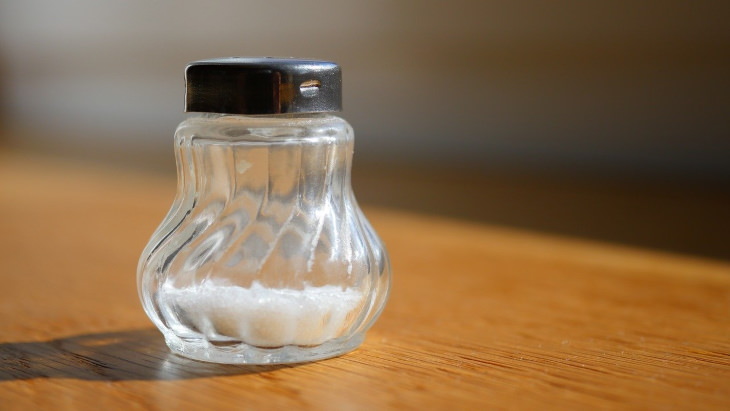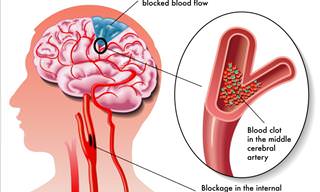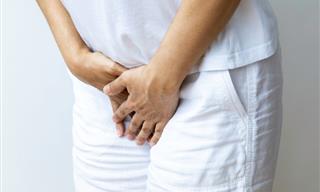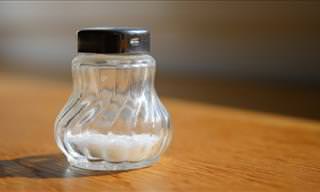The fact that most Americans are eating way too much salt on a daily basis isn’t breaking news. In fact, the average person consumes 3,400 milligrams of sodium a day, which is almost 50 percent more than the recommended daily amount of 2,300 milligrams for everyone above age 14.
Foods have too much salt even before you pick up the salt shaker
Even if you’re trying to eat healthily, you may still be unknowingly consuming too much salt, and you’re not the one to blame. In a shocking new report, the FDA revealed that 70% of an American’s salt intake comes from store-bought foods during commercial food preparation.
Did you know, for example, that just 1 cup of cottage cheese contains a whopping 920 mg of sodium? And this is but one example of the many high-sodium foods you’d never expect to contain so much salt. Of course, salt makes foods taste much better and extends the shelf life of foods, but we must also remember that a diet high in sodium increases one’s risk of cardiovascular problems, heart disease, kidney damage, certain cancers, and a number of other health issues.
For this reason, the FDA issued formal guidance for companies to modestly reduce the sodium content in their products in the next two and a half years. Given that these foods make up the bulk of Americans’ salt consumption, the initiative should be able to reduce the public’s daily sodium intake to 3,000 mg a day in the next few years.
Although this margin isn’t ideal, this is suggested to be only the first step of the FDA’s initiative to bring down sodium consumption nationwide. “To effectively reduce the population’s preference for high-sodium foods, you need to slowly decrease the amount added to foods uniformly across the food supply (for example, it won’t work to reduce it in potato chips if you don’t do the same with soups, frozen dinners, and peanuts). To be successful, it is an “all hands on deck” kind of thing,” said Prof. Taylor C. Wallace, from the Department of Nutrition and Food Studies at George Mason University in Virginia to Healthline.
The new guidance concerns all food manufacturers and various products - from pizza and potato chips to frozen meals. As such, companies are only recommended and not required to abide by these new guidelines, so it may take time and stricter regulation for the initiative to start working.
Meanwhile, you can take your sodium intake back into your own hands instead of waiting for food companies to comply. The best way to do so is by minimizing the number of processed foods in your diet and cooking the majority of food out of fresh foods. We have a whole article on reducing your sodium intake here - 5 Easy Tips to Reduce Sodium in Your Diet - that should be helpful for you.
Share this information with those who would find it useful!
 Go to BabaMail
Go to BabaMail

























